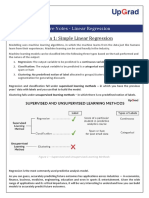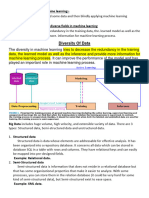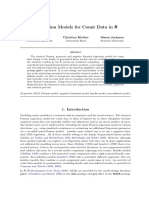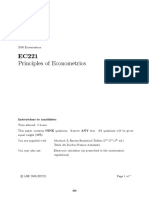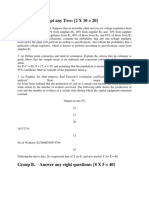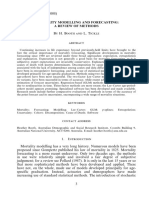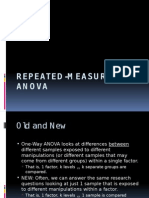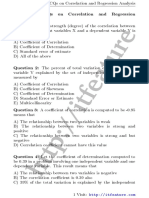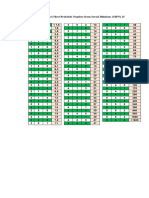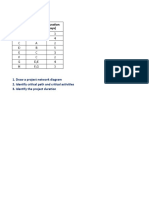0% found this document useful (0 votes)
19 views27 pagesPredictive ModellingAnalytics
The document provides an overview of predictive analytics, focusing on regression and classification techniques, including various models like linear regression, logistic regression, and decision trees. It explains the concepts of scaling and encoding for data preparation, as well as evaluation metrics such as R-squared, MAE, and confusion matrices for assessing model performance. Additionally, it discusses the importance of minimizing loss functions in predictive modeling.
Uploaded by
rgrewal112233Copyright
© © All Rights Reserved
We take content rights seriously. If you suspect this is your content, claim it here.
Available Formats
Download as PDF, TXT or read online on Scribd
0% found this document useful (0 votes)
19 views27 pagesPredictive ModellingAnalytics
The document provides an overview of predictive analytics, focusing on regression and classification techniques, including various models like linear regression, logistic regression, and decision trees. It explains the concepts of scaling and encoding for data preparation, as well as evaluation metrics such as R-squared, MAE, and confusion matrices for assessing model performance. Additionally, it discusses the importance of minimizing loss functions in predictive modeling.
Uploaded by
rgrewal112233Copyright
© © All Rights Reserved
We take content rights seriously. If you suspect this is your content, claim it here.
Available Formats
Download as PDF, TXT or read online on Scribd
/ 27



































